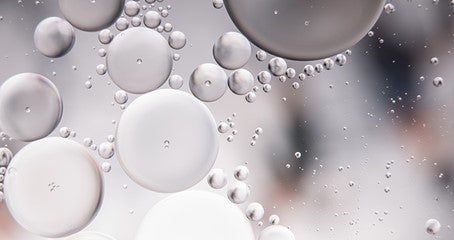Let’s go on an (e)mission: DOC, DPF and SCR

#nofilter may sound great on Instagram but this hashtag does not apply when talking about vehicles. A range of well-hidden heroes work together to protect the environment. Find out how exhaust after-treatment systems work in this blog!
New technologies enable more effective filtration systems for diesel exhaust gas. The DOC, DPF and SCR are the results of the global increase in environmental awareness. These three filtration systems offer a hefty decrease in harmful substances leaving your diesel vehicle.
DOC
Exhaust gas leaving the engine will encounter the DOC, or Diesel Oxidation Catalyst, as a first obstacle. The exhaust gas flows through the DOC’s honeycomb structure which is coated with metal catalysts. CO and hydrocarbons get eliminated and turned into the less harmful water and CO2. Most of the manufacturers place the DOC before the DPF, this way the hydrocarbons filtered out by the DOC can’t clog the DPF.
DPF
The remaining particulates pass through the DPF, or Diesel Particulate Filter. This part of the exhaust after-treatment system collects and burns soot particles. The DPF uses the heath coming from the engine and the DOC, hence the placement right behind the DOC. Once the engine reaches normal operation temperature the DPF is capable of burning the majority of soot contained in the exhaust gas
SCR
The exhaust gas continues its journey and passes through the SCR, or Selective Catalytic Reduction. A catalyst fluid is mixed with the exhaust gas before the filtration process itself commences. The composition of the catalyst is determined by the type of SCR. The most frequently used catalyst fluids are:
- urea
- anhydrous ammonia
- aqueous ammonia
The NOx contained in the exhaust gas forms new, less harmful substances during the passage through the SCR.
Champion’s commitment
There is no direct flow of engine oil through the exhaust after-treatment system. Incompatible engine oil will tear down the robust performance of the filtration system. But what makes it incompatible?
Whilst driving a little bit of engine oil gets burned. This means that the residue from the burned incompatible oil will pass through the DOC, DPF and SCR, causing unstable filtration performance and damaged catalysts.
Champion has a range of products capable of protecting the whole exhaust after-treatment system. These products comply with the ACEA C1-C4 and E6/E9 category. Our nifty product finder tool will help you find your way through the engine oil landscape.